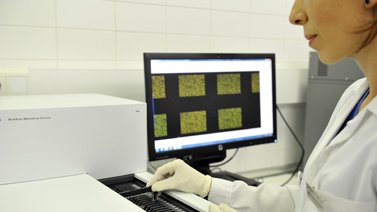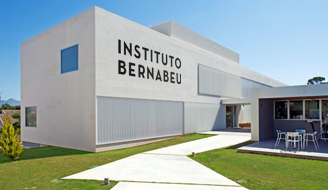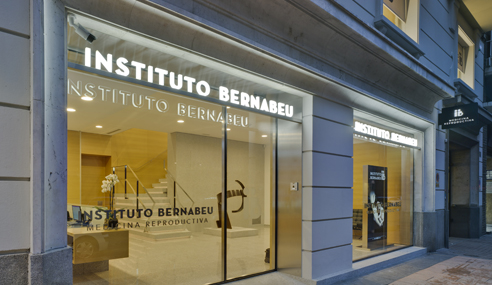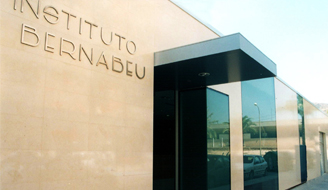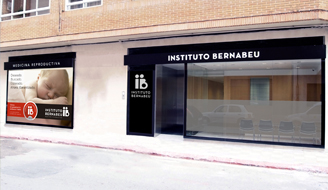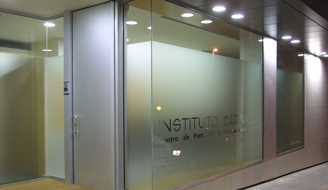Mosaic embryos can achieve good pregnancy rates. IB clinical study. SEF, 2016
For the Spanish Fertility Society (SEF) congress held this year in Malaga,the scientific committee had selected a clinical study carried out by Instituto Bernabeu to be given as an oral presentation. The study is entitled: Should embryos showing chromosomal mosaicism in the trophectoderm be ruled out?
Chromosomalmosaicism- the presence of cell lines with different quantities of chromosomes - is a frequent phenomenon in embryos retrieved from in vitro fertilisation(IVF) cycles.
In order to detect it, embryos need to be incubated up until day 5 or 6 (blastocyst) when an embryo biopsyon the trophoectoderm and a genetic analysis on all chromosomes using the groundbreaking array-CGH technique can be carried out. This technique is sufficiently sensitive to detect most mosaic embryos and is a new diagnosis option for the embryologist with a view to selecting the most suitable embryos for pregnancy. It is much more efficient than simple morphology, as used up until now.
This clinical study included the evaluation of results in IVF cycles in which embryos with mosaicism were transferred.
In order to do so, 1.362 embryo biopsies were re-analysed and chromosomal mosaicism in 183 embryos (13.4%). Good implantation and successful pregnancy rates were obtained.
Following the analysis which was carried out in its entirety by Instituto Bernabeu, it can be concluded that mosaic embryos from IVF cycles should not be ruled out because they have the ability to implant and give rise to a successful pregnancy.
As suggested by numerous experts, the reason for its similar implantation rate may be down to the fact that the mosaicism is present only in the trophodecterm or tissue outside the embryo which will give rise to the placenta and which does not affect the interior where the future embryo will develop. Alternatively, there may be some type of correction mechanism in the embryo and, as such, mosaicism does not affect assisted reproduction cycles nor the future baby.
Embryos showing mosaicism in trophoectoderm cells can achieve good pregnancy rates.
R. Morales, B. Lledó, J. Ortiz, H. Blanca, J. Ll. Aparicio, R. Bernabeu.
